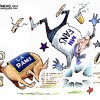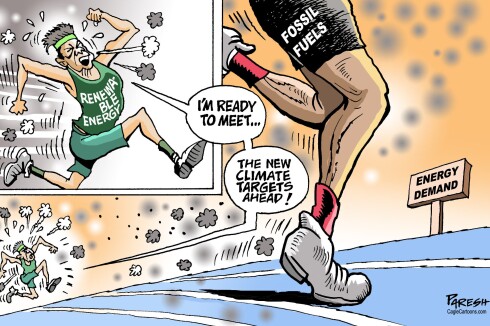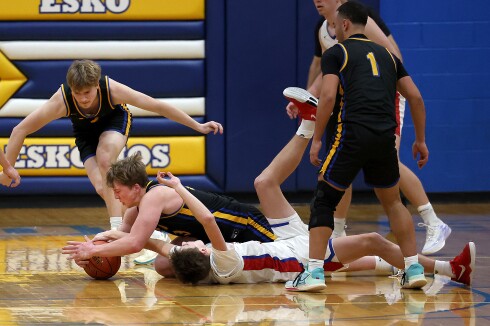In my ninth-grade civics class, I learned that our Constitution established three separate branches of government: the legislative branch (Congress), which makes the laws; the executive branch (president), which executes the laws; and the judicial branch (the federal court system), which interprets the laws.
It wasn’t until much later in life that I discovered the concept of “executive orders.” My awareness of executive orders was enhanced by the revolving door of executive orders between the administrations of Presidents Donald Trump and Joe Biden, with another round on the horizon. Many of these executive orders are more like policy-based legislative actions, which caused me to wonder about the underlying basis for executive orders.
ADVERTISEMENT
The Constitution does not define executive orders, and there is no provision in the Constitution authorizing the president to issue executive orders. The following portions of Article II have been relied on as the sole constitutional basis for issuing executive orders: “The executive power shall be vested in the President of the United States.” “The President shall be Commander in Chief of the Army and Navy of the United States.” And, “He shall take care that the laws be faithfully executed.”
To the extent that executive orders directly or indirectly affect the rights, duties, or obligations of persons outside of government, they have important constitutional implications, particularly with respect to the separation of powers. If issued under a valid claim of authority and published, executive orders have the force and effect of law.
The issuance of executive orders actually dates back to President George Washington, whose first executive order was to require the heads of executive departments provide him with reports on the status of their departments. The use of executive orders in the 19th century often supplemented acts of Congress to carry out minor details. However, the beginning of the 20th century brought the election of President Teddy Roosevelt, who believed the president was vested with residual powers not enumerated in the Constitution but residing in concepts such as national security and the public good.
World War I presented a basis for expanding presidential discretion through the use of emergency powers. President Woodrow Wilson issued more than 1,800 executive orders, which created a trend of legislative and judicial tolerance of expanded presidential power in times of national emergency. Twelve years later, President Franklin D. Roosevelt started out facing the Great Depression and later dealt with World War II. Beginning with closing all banks for four days on his first day as president, FDR issued 3,522 executive orders, which included the removal and confinement of more than 100,000 Japanese Americans in 1942.
In contrast to the deference given to Wilson and FDR’s executive orders, President Harry S. Truman’s attempted seizure of U.S. steel mills by executive order to preclude a strike was overturned by the U.S. Supreme Court in Youngstown Sheet & Tube Co. v Sawyer. The court found that the president acted without statutory or constitutional authority. In so ruling, the Court stated: “The Founders of this Nation entrusted the lawmaking power to Congress alone in both good and bad times.”
A review of court decisions since the Youngstown case reveals that the courts generally give more deference to executive orders involving foreign policy and national security. When addressing executive orders that involve the social, economic, and political framework of the country, the courts generally require a connection between the executive order and an existing act of Congress.
All this is to say that in examining the executive orders issued by the incoming administration, we should be asking if they have a valid connection to foreign policy, national security, a national emergency, or existing federal laws. If they do not, then we should question their validity as an encroachment on the congressional domain.
ADVERTISEMENT
Rick Leighton is a retired Duluth attorney. He wrote this for the News Tribune.











